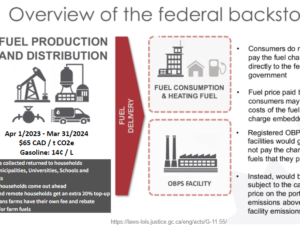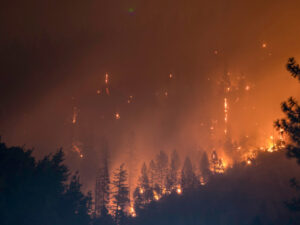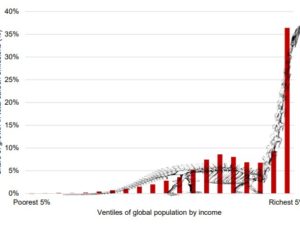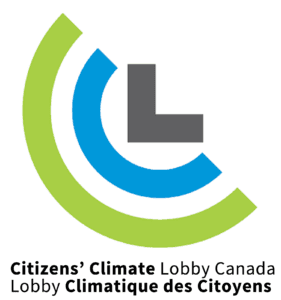FOR IMMEDIATE MEDIA RELEASE April 12, 2017 Climate change is real, it is us, it is bad and there is hope. How bad is it? The Arctic Sea Ice maximum on March 22, 2017, was at an all time low for a third year in a row. At the South Pole, the Antarctic sea ice extent was also at an all time low in February. Currently, in the North Atlantic near Newfoundland, 616 icebergs have ventured into the shipping lanes compared to 687 icebergs last year by the late-September season’s end. As well, waters in the Gulf of Mexico are freakishly warm this time of year. Disturbingly, for the second year in a row, vast swaths, approximately two-thirds, of the coral in the Great Barrier Reef have been bleached by warm waters and acidified oceans. Lastly, the planet is on track to hit a state not seen in 50 million years in a few decades- when the planet was 10C warmer and there was barely any ice on Earth. Where is the hope? It is a solvable problem. Pricing carbon pollution is key and we don’t have to burden the taxpayer. Since September 2010, Citizens’ Climate Lobby (CCL) Canada members have been creating the political will for carbon fee and dividend: an upstream, national and incrementally rising revenue neutral carbon tax where 100 percent of the revenue collected by the government is returned to citizens on an equitable basis in a cheque. It includes border tax adjustments to level the playing field for businesses and industry that would be impacted by international trade. CCL members scrutinize any proposed carbon pricing policy to determine if it is large enough to match the size of the problem and protects the poor and middle class. Canadians need to know that our country’s current greenhouse gas targets and plans do not match the size of the problem and are woefully inadequate. Canada’s currently proposed national carbon price of $50 per tonne by 2022 won’t be enough to meet Canada’s goal of reducing GHG emissions to 30 per cent below 2005 levels by 2030. If every country adopted Canada’s targets, this would not keep warming below 2C let alone the 1.5C we agreed to pursue at the Paris climate negotiations in 2015 . The planet needs a carbon price of at least $150 tonne by 2030 and $300 tonne by 2050 if we are to avert catastrophic changes in the global climate leading to tens of trillions of dollars globally in climate damages if we do not act. Given that a September 2016 poll found 50 per cent of working Canadians would be hard-pressed if their paycheque was delayed a week, it begs the question: How can we get a carbon price up high enough and not create a tax revolt? We can unleash the power of the market. A 2014 study prepared for Citizens’ Climate Lobby USA by Regional Economical Modeling Inc. found that carbon fee and dividend would reduce emissions by 50 per cent below 1990 levels within two decades — far beyond what our governments are talking about — while adding hundreds of thousands of new jobs. Companies don’t need government handouts. They will lower emissions through innovation, which in turn will produce less expensive products and thus, they will achieve greater market share. Put another way, predictably rising fossil fuel costs will spur the investment needed for low carbon innovations much more efficiently than would government subsidies which distort the market and make investment more difficult to plan. Yes, we finally have a national carbon price policy in Canada and most Canadians support it. At this point, we need to be more specific about what carbon pricing policy we can all agree on. On Earth Day 2017 and beyond, take the time to learn more about carbon fee and dividend and other carbon pricing policies. Join a local climate group, and learn with others. Speak to friends and politicians. Let your voice be heard. Onward and upward Canada. Future generations are depending on us.MEDIA RELEASE: Earth Day and Beyond Let’s Talk Carbon Pricing
Media Contact: Cathy Orlando, cathy@citizensclimatelobby.org , 705-929-4043
MEDIA RELEASE: Earth Day and Beyond Let’s Talk Carbon Pricing
Home » CCL Canada News » MEDIA RELEASE: Earth Day and Beyond Let’s Talk Carbon Pricing
MEDIA RELEASE: Earth Day and Beyond Let’s Talk Carbon Pricing
Posted on April 12, 2017 in Media Release












